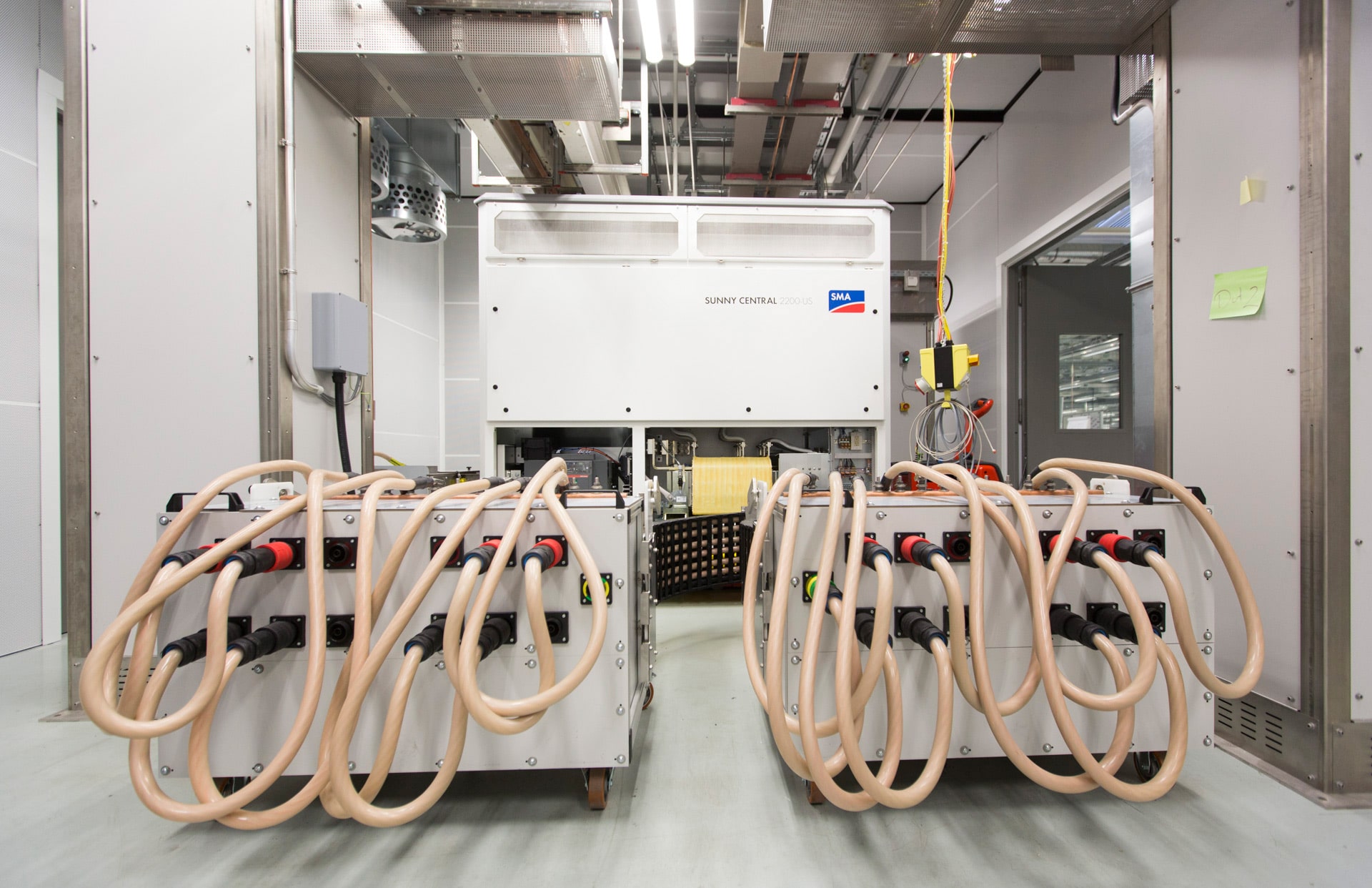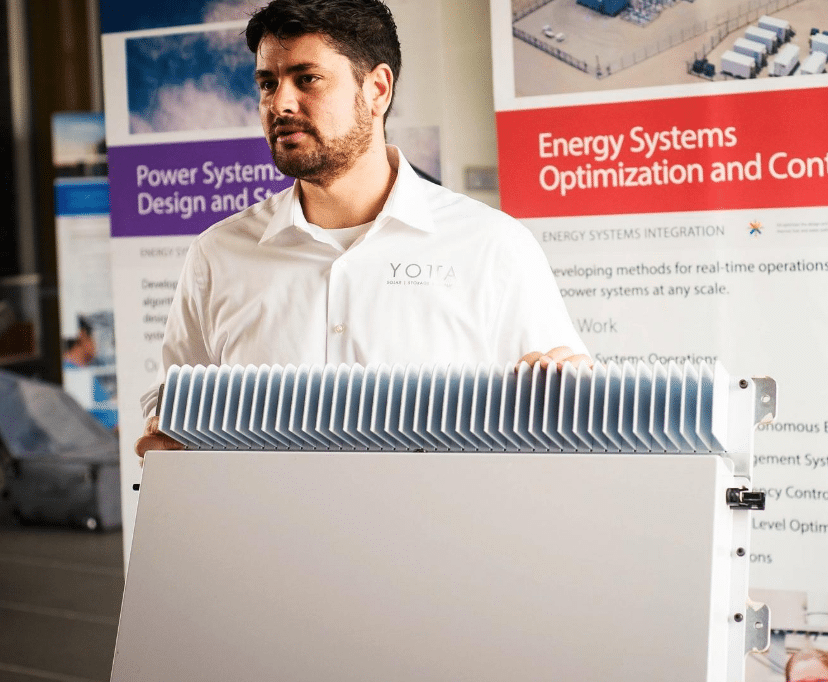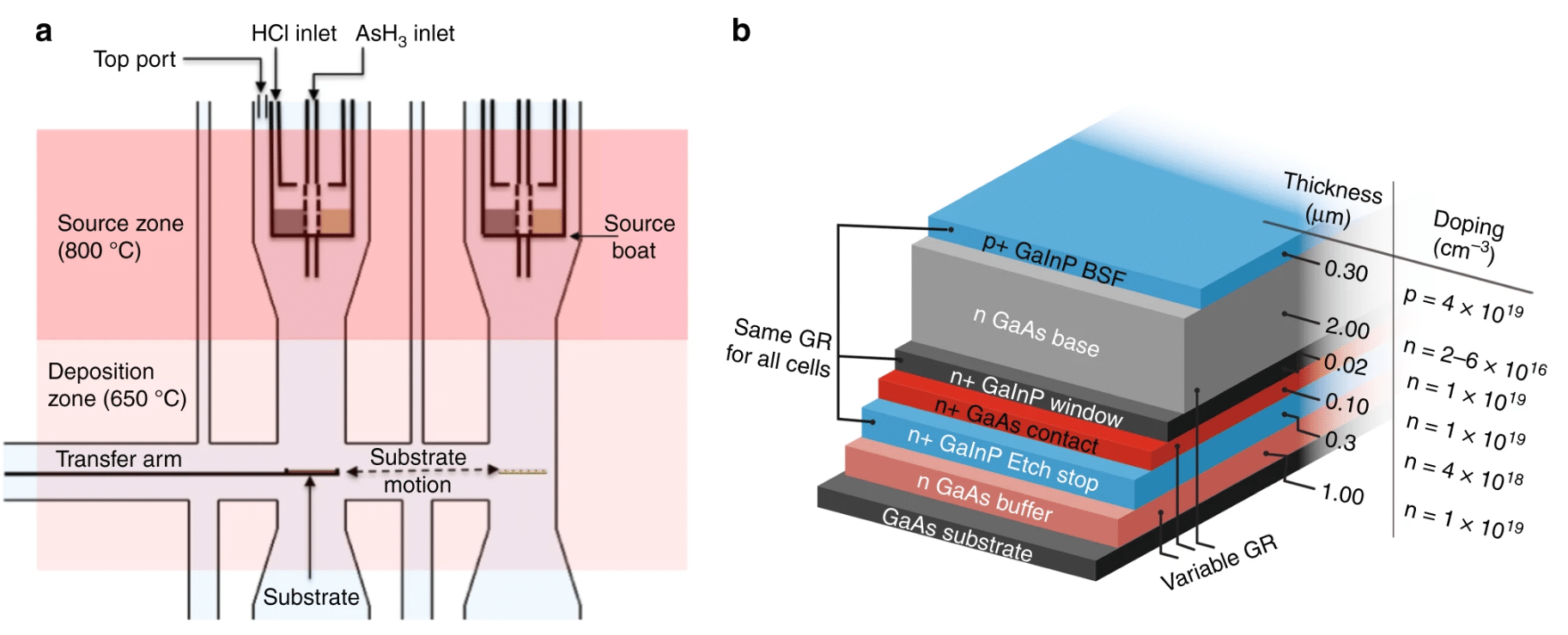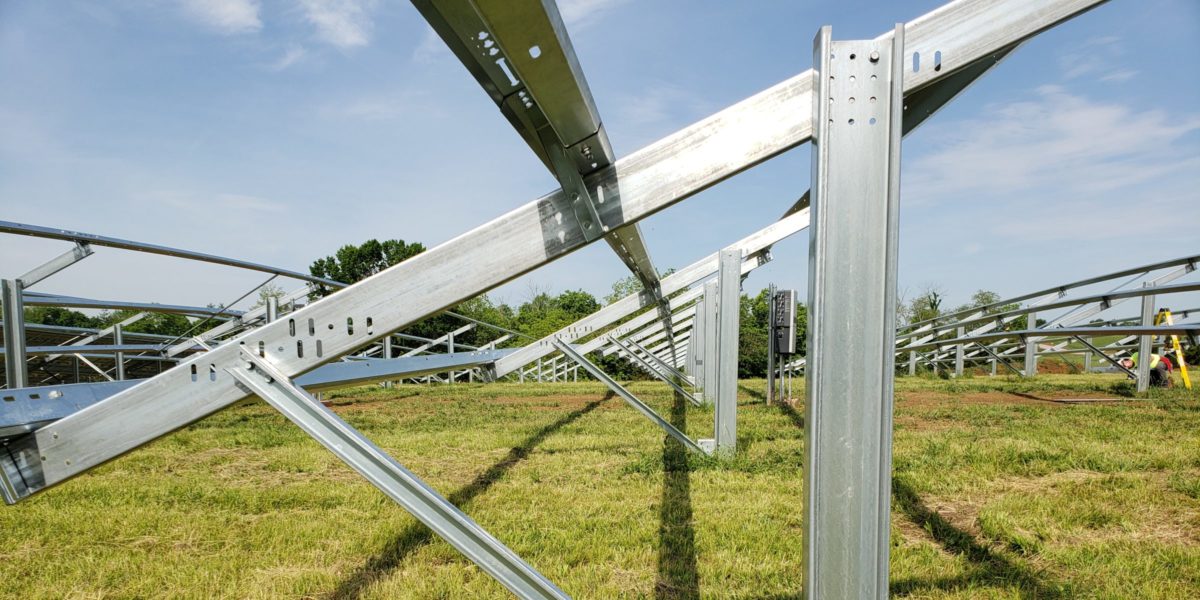Financing 50kW through 250 kW is a different challenge because the businesses are smaller, don’t have a credit rating, and might not own their building even though they’re going to be there for a while: “Project developers can purchase EneRate Credit CoverTM to protect against default risk for up to a 10-year term on solar projects with unrated non-residential customers, as well as community solar projects. Energetic Insurance announced the first solar energy project which has used EneRate Credit CoverTM. The insurance policy backstops payment default risk on commercial solar projects, which enables project developers to obtain affordable financing by providing confidence and certainty in project cash flows.” Source – Energetic Insurance

SMA has begun dleivery of its largest inverter – “SMA’s most powerful system with an output power of up to 4,600 kVA for large-scale PV plants offers the advantage of 17% to 54% fewer inverters. With the Sunny Central UP, you benefit from significant cost reductions on transportation, installation, commissioning and service. In addition, reducing self-consumption by a total of 53% will lead to a considerable decrease in operation costs. Separate voltage supply and additional space are available for the installation of customer equipment. True 1,500 V DC technology and our improved intelligent cooling system OptiCool™ ensure smooth operation even at extreme temperatures and with a service life of 25 years“. – Source – SMA
APA Solar Racking got into the brief because they sent cool pictures of their hardware deployed: “The TITAN series is a 3-rail system that features an asymmetrical clamping design. This means 25% less East/West rails for installation and less brackets and fasters that go along with it. With 20% less components and the lowest part count per MW in the industry, APA’s TITAN Series has the lowest man hours per MW for installation. The TITAN Series comes standard with either a single driven C-pile or a Dual Screw foundation.” Source – APA Solar Racking

Yotta Solar raises $1.5 million to support commercialization of its solar module integrated energy storage – “Yotta, a PV panel-level energy storage developer, has raised $1.5 million in seed funding and an additional $300,000 in grants for the continued development and commercialization of the SolarLEAF. Yotta has also tapped Phil Gilchrist, formerly of SunPower, as the company’s Director of Mechanical Design Engineering, and Jeff Williams, formerly of Draker, as Director of Electrical Engineering.” Source – Yotta Solar
“SolaRack’s SolaSeal is the first standoff waterproofing base built specifically for the solar industry. Use when installing your favorite standoffs on flat roof applications such as torch-down, rolled asphalt shingles & TPO. You can use it with your favorite pourable sealant, but with at least 18% less of it!” – Source – SolaRack
The first half of Chinese installations was around 10 GW, the second half is suggested to be 25 GW of capacity. That’s a big swing. Of course, the USA is expecting big second half number as well – somewhere in the 7 GW to 10 GW range, with annual totals somewhere between 13 GW and 15+ GW. One extra variable – other documents I’ve read suggest we’re scaling toward 234 GW of manufacturing capacity globally by the end of 2019.
Downward pricing this past week on cells, wafers and modules. Do note at the bottom of the tweet that they now track the price of glass. Cool.
Spot Price: PV glass producers attempt to raise prices amid standoff over prices. https://t.co/t9shrxuYGq pic.twitter.com/qQtE87guPN
— InfoLink Consulting (@InfoLinkConsult) August 28, 2019
This is more research hardware then buy stuff today hardware, but his author does wholly believe that we regular folk will have 30-40-50% efficient solar cells. The march is just too constant, too strong, too much money – and the scientists already see the path. Its coming. “The newly published research in Nature Communications details how the NREL researchers refined the D-HVPE process to produce solar cells more than 20 times faster than the process now commonly used called metalorganic vapor-phase epitaxy (MOVPE). The growth rate enhancement enables the growth of a base layer for the solar cell in about 23 seconds, down from over 8 minutes compared to MOVPE. (25% efficiency cell- gallium arsenide).” Source – NREL (via Nature)

This content is protected by copyright and may not be reused. If you want to cooperate with us and would like to reuse some of our content, please contact: editors@pv-magazine.com.








By submitting this form you agree to pv magazine using your data for the purposes of publishing your comment.
Your personal data will only be disclosed or otherwise transmitted to third parties for the purposes of spam filtering or if this is necessary for technical maintenance of the website. Any other transfer to third parties will not take place unless this is justified on the basis of applicable data protection regulations or if pv magazine is legally obliged to do so.
You may revoke this consent at any time with effect for the future, in which case your personal data will be deleted immediately. Otherwise, your data will be deleted if pv magazine has processed your request or the purpose of data storage is fulfilled.
Further information on data privacy can be found in our Data Protection Policy.